If we could talk to the animals…
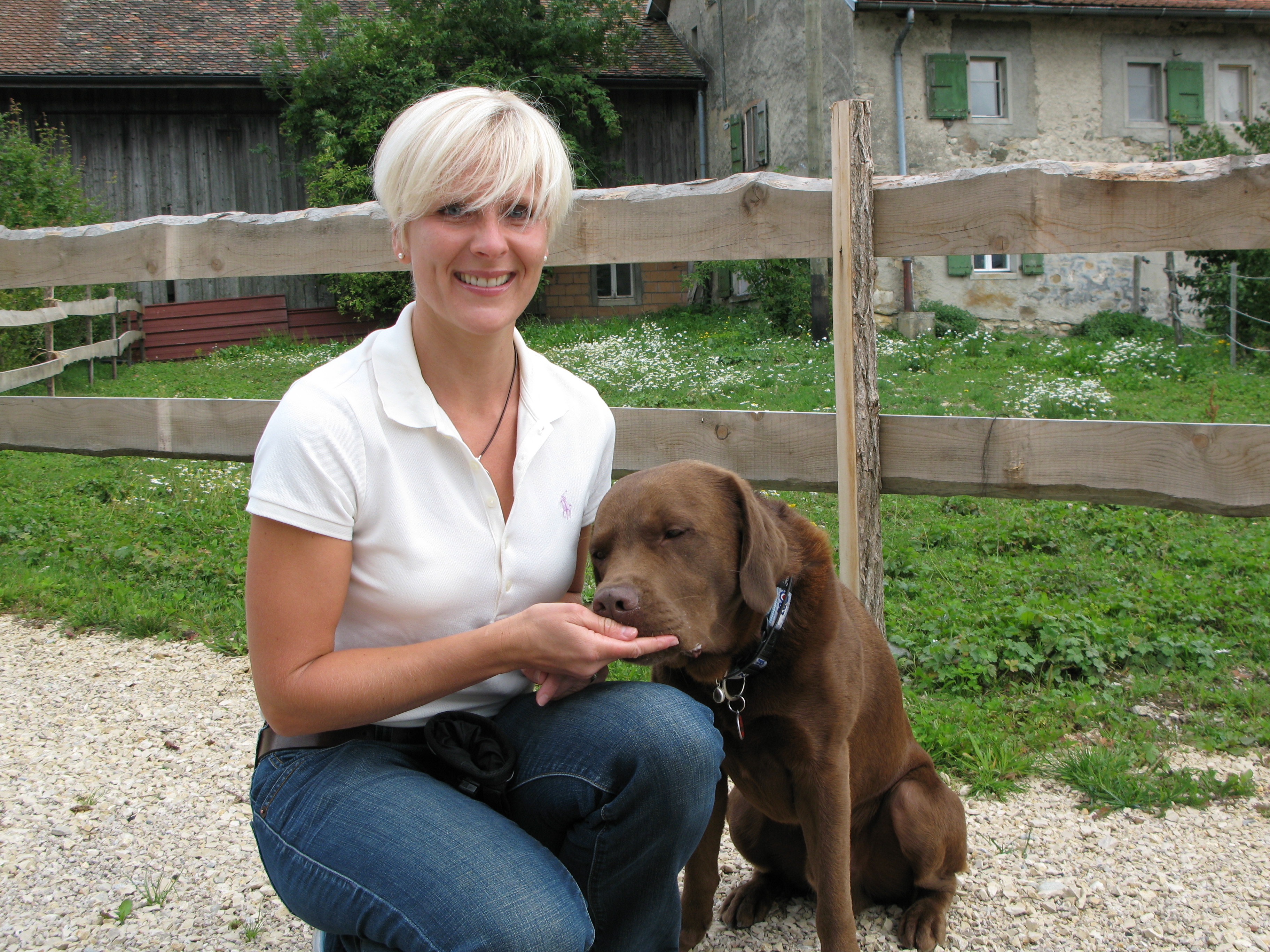
A horse which can’t work out how to gallop, a cat which brings in snakes for its owner – an unusual woman claims to have found an unusual way to find out why.
Using intuition paired with meditation techniques, it is possible to tap into the hearts and minds of animals, says Kerstin Di Gerardo, who recently changed careers to focus on “secret” feelings within the animal kingdom.
Di Gerardo, a former supply chain manager for Johnson & Johnson, had never even considered the field of animal communication until she was having problems with her dog, a puppy she had adopted from an animal rescue centre. She sought the advice of a dog trainer, but the results were minimal, so she turned to an animal communicator.
“She contacted my dog and I was really astonished by the feedback she came up with. Our relationship improved so much after that,” Di Gerardo told swissinfo.ch. The experience inspired her to learn how to communicate with animals herself.
Di Gerardo, 38, has been at it for a year and a half now. Her certification involved a year of theoretical and practical training at Das Forum, a Lucerne institute specialising in topics like healing, meditation and astrology.
Today, Di Gerardo divides her time between German- and French-speaking Switzerland. She boards her horse at a stable in Rolle in canton Vaud, where swissinfo.ch met her along with some of her two- and four-legged clients.
On the wrong foot
Take Cody, for example. The four-year-old American paint horse has been struggling to find his stride when galloping. His front legs can do it just fine, but he has problems getting his back legs to cooperate.
“When I was working with him I could actually feel the problem in his left hip. He told me he was afraid of losing his balance, and that he didn’t want to try to adjust his stride while his owner was riding him,” said Di Gerardo, explaining that Cody was worried about the owner falling off. This was a surprise to owner Pia, who, having consulted an osteopath, thought the primary issue was pain as opposed to a lack of confidence.
Di Gerardo continued: “He knows that he’s doing it wrong and he knows that Pia would like to help him, but she has to be a bit more patient.”
Pia, 19, has been grateful for Di Gerardo’s input: “It helps me because now I don’t push him too much, and the most important thing is not to cause him any pain.” Both women are now confident that Cody will improve his galloping style as soon as he is ready.
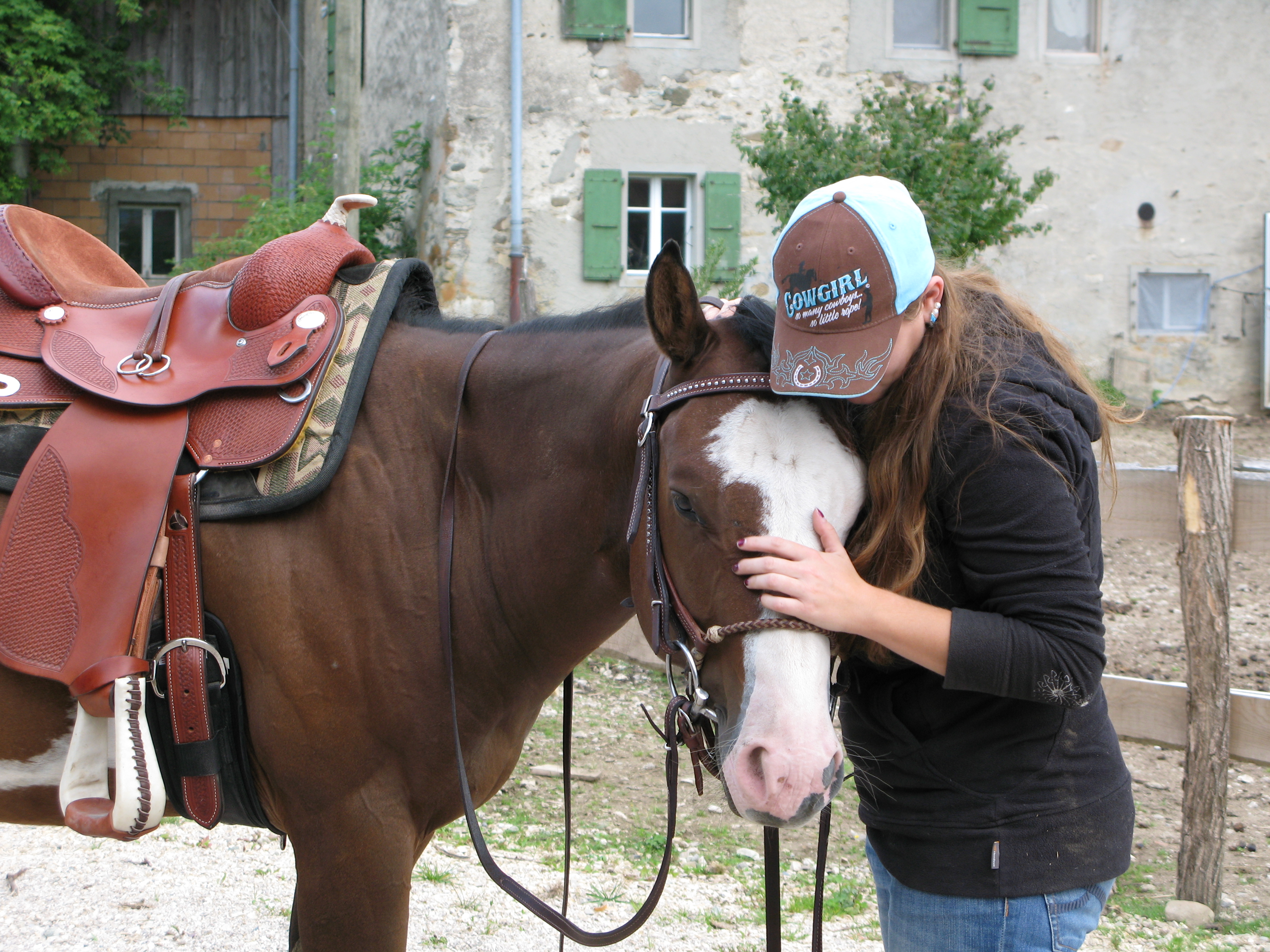
How it works
But how does she do it? Sometimes Di Gerardo meets the animals face-to-face, but more typically, she works from photos. This makes it possible for her to serve clients around the world. All they need to do is provide the animal’s name, age and gender. She then clears her mind and begins to meditate.
“What you do is present yourself to the animal, explain the purpose of the conversation and see if the animal has time or not,” explained Di Gerardo, who notes that most animals are happy for the chance to express their thoughts. In order to win the trust of the owner, she can prove certain facts. For example, she can identify a favourite toy or the colour of a dish.
This is what Di Gerardo experiences: “When I contact an animal, I submit words with images, feelings and simple questions. And the animal replies in the same way, meaning I see a film playing before my eyes. I have words in my head and I get a sense of how the animal feels.”
Once contact has been established, Di Gerardo can look into the reasons for behaviour problems and illnesses. She can also look into quality of life issues and determine if an animal is willing to accept a new pet in the family. She also tries to help locate lost pets. Di Gerardo emphasizes the fact that her work is no substitute for veterinary medical care.
Snakes, not charming
Marie, a 59-year-old office worker near Nyon, was having problems with her feline family. Stellina, the 12-year-old Siamese, had been vomiting after meals and was starting to lose weight as well as teeth. The cat seemed healthy otherwise, so Marie contacted Di Gerardo for help.
She in turn got in touch with shy Stellina, who – as the middle cat between alpha kitty Luna (14) and boisterous male Simba (5) – told her that she felt uncomfortable at meal times. Di Gerardo proposed that Marie feed Stellina in her daughter’s room so she could eat without being disturbed. Although she still loses her lunch on occasion, the cat has managed to put the weight back on.
Simba, on the other hand, started bringing snakes home about a year ago – sending Marie into fits of terror. Di Gerardo says Simba is well aware of Marie’s phobia and wants to help her get over it.
“When she told me he was trying to cure me, I grabbed onto that. I’ve made progress. I used to have to get a neighbour to help me check for snakes when I got home,” Marie told swissinfo.ch. Now she can even wear sandals with a snake-like design.
“It’s like he wants to show me that they’re harmless,” said Marie. Although she wishes he wouldn’t, Marie has come to accept Simba’s hunting habits – especially since it’s pretty rare that he snags a snake.
Marie is glad she contacted Di Gerardo for help: “I think she’s amazing – what she’s doing is wonderful.”
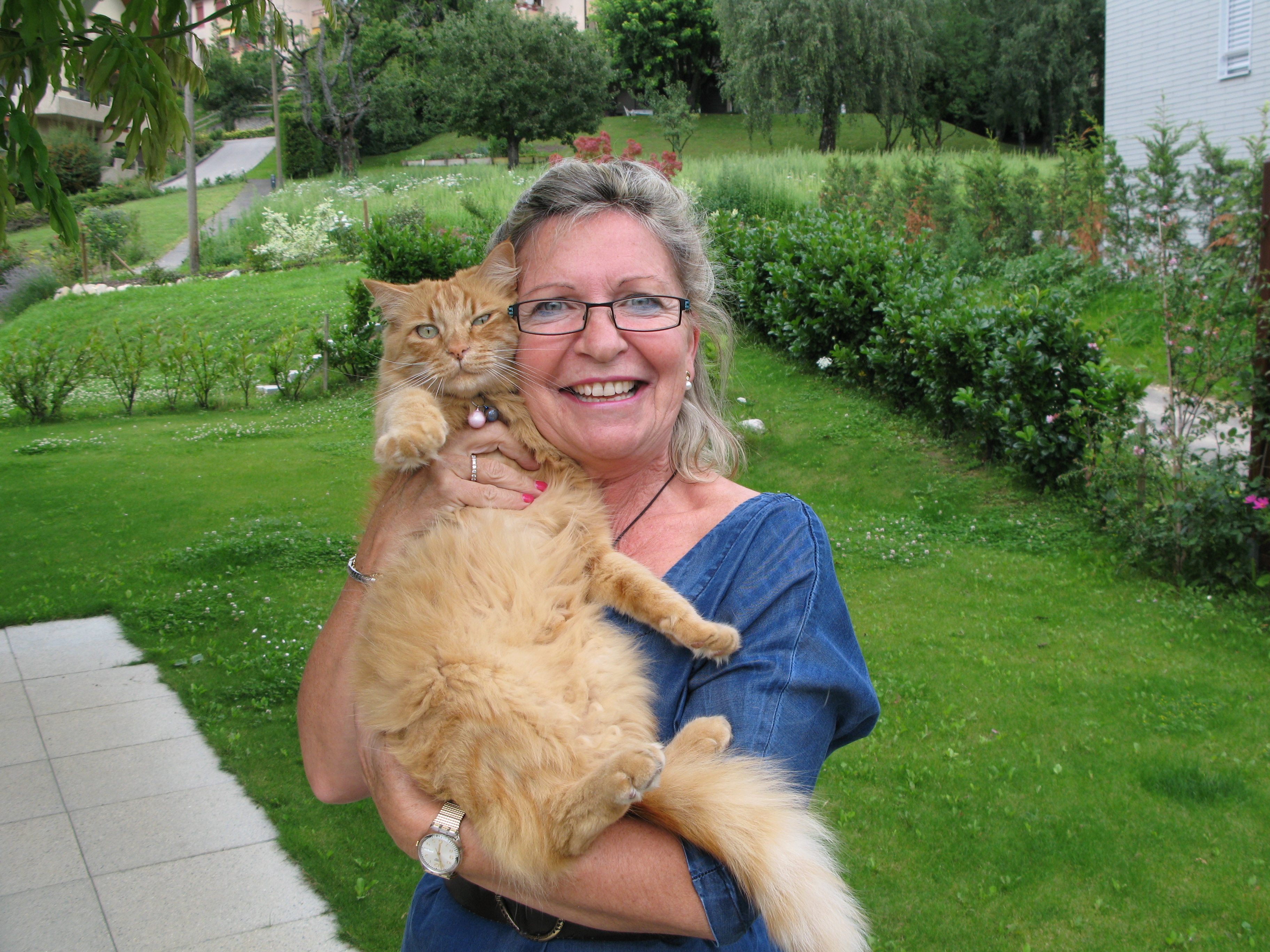
Everybody is intuitive
Di Gerardo believes that pets are a mirror of their owners, and that an animal can even take on its owner’s illness – or get sick as a result of an unhealthy relationship. Sometimes a pet feels ready to die, but it can’t disconnect because it feels the owner’s need.
“People tend to forget what an animal really needs or wants, which can lead to health and behaviour problems,” Di Gerardo said. So next time you’re wondering what your pet thinks, try asking him.
“Everyone has the ability to be intuitive, but it takes a lot of practice.”
There are no precise figures about the number of pets in Switzerland.
However, it is estimated that there are about 1.35 million cats and 500,000 dogs, and about 4.5 million fish.
The Swiss spend nearly SFr800 million ($1.05 billion) on pets and their food and supplies. Another SFr400 million goes toward vet bills and kennel fees or pet-sitters.
In 2010 about 28,000 unwanted animals were taken in by shelters in Switzerland – 15% more than in 2009 and 50% more than in 2007.

In compliance with the JTI standards
More: SWI swissinfo.ch certified by the Journalism Trust Initiative

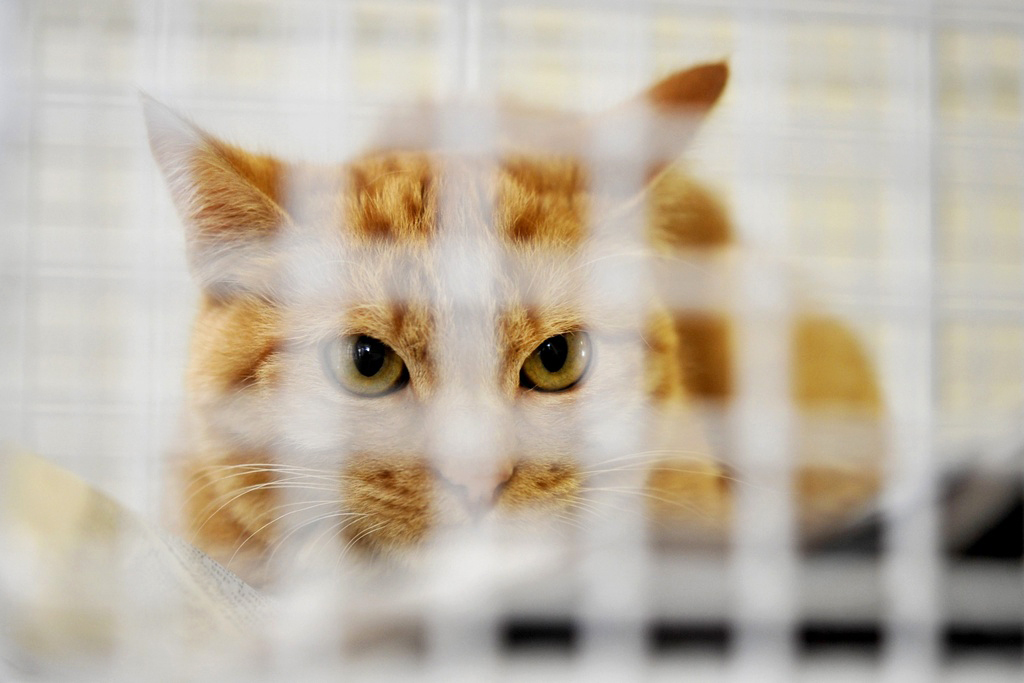
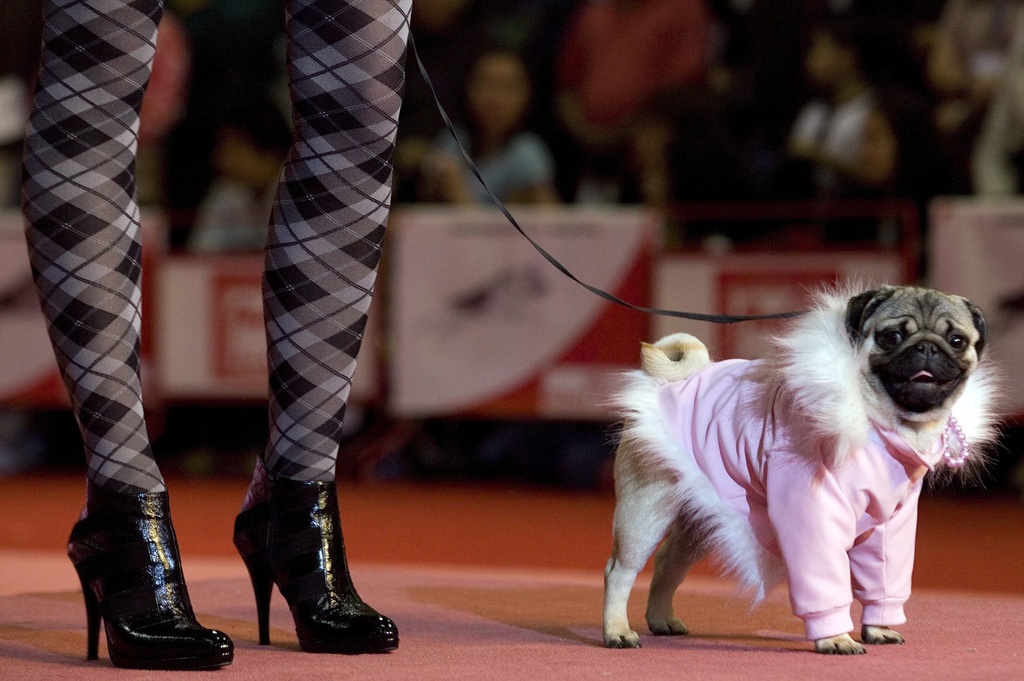

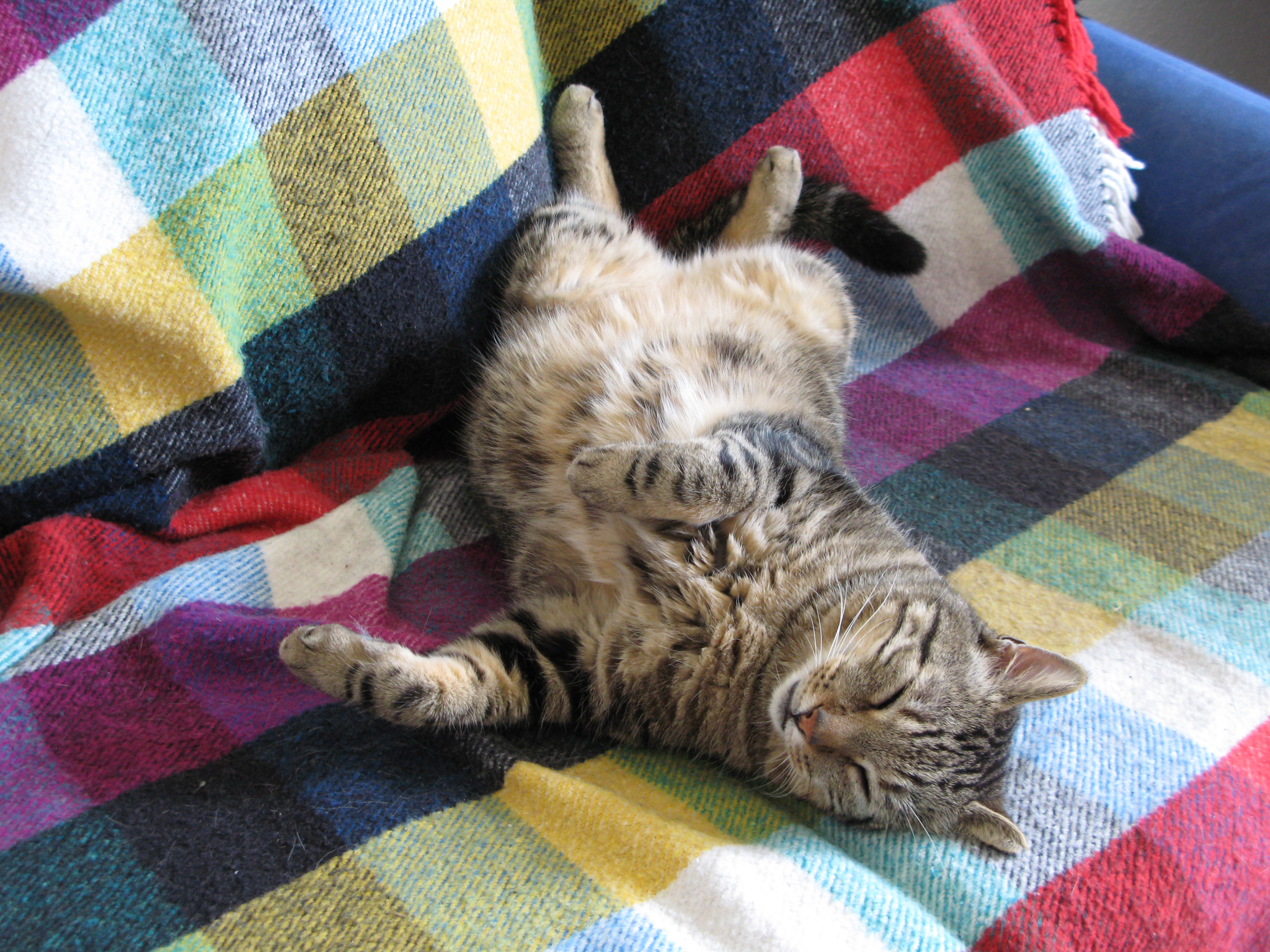
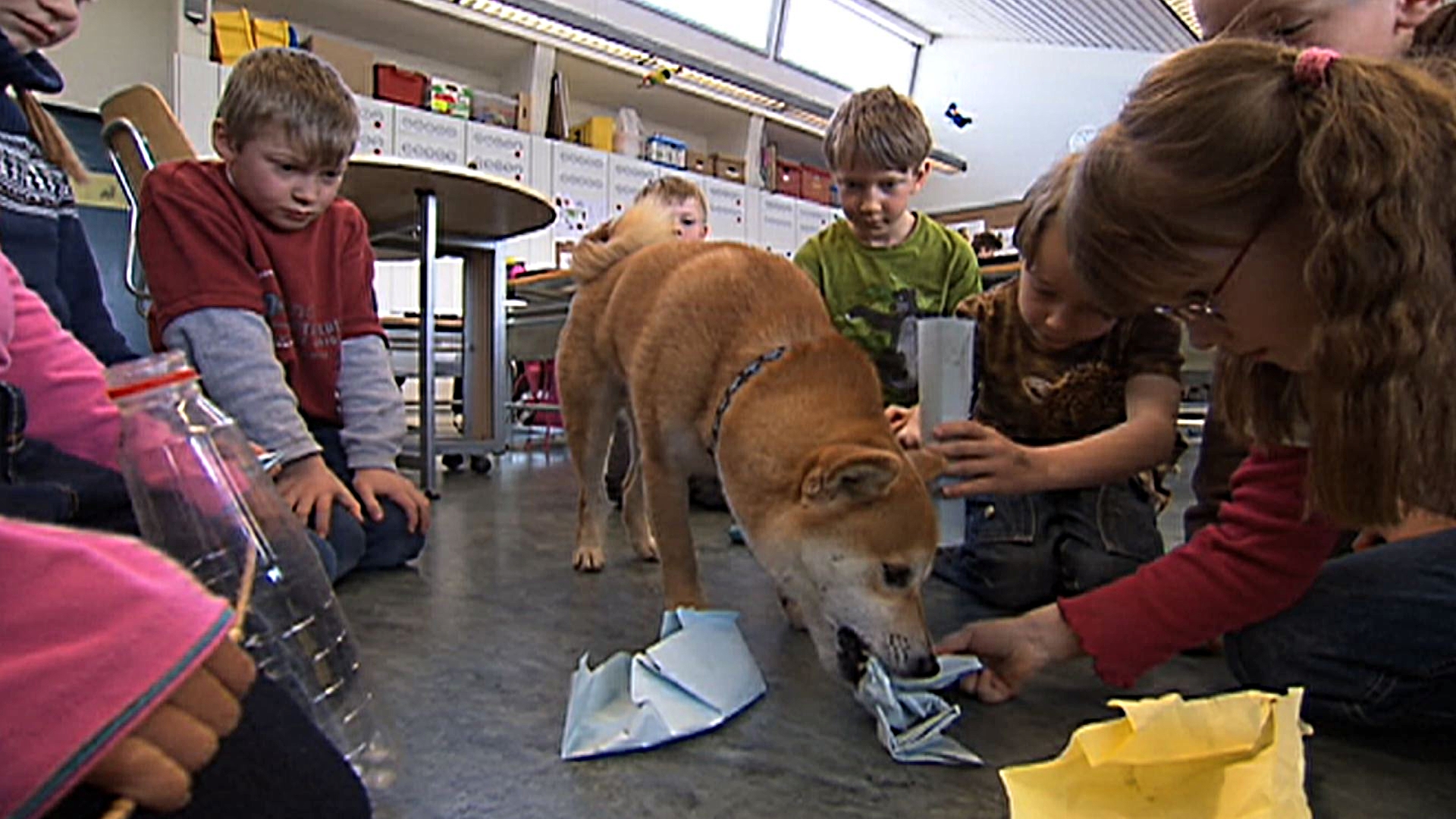
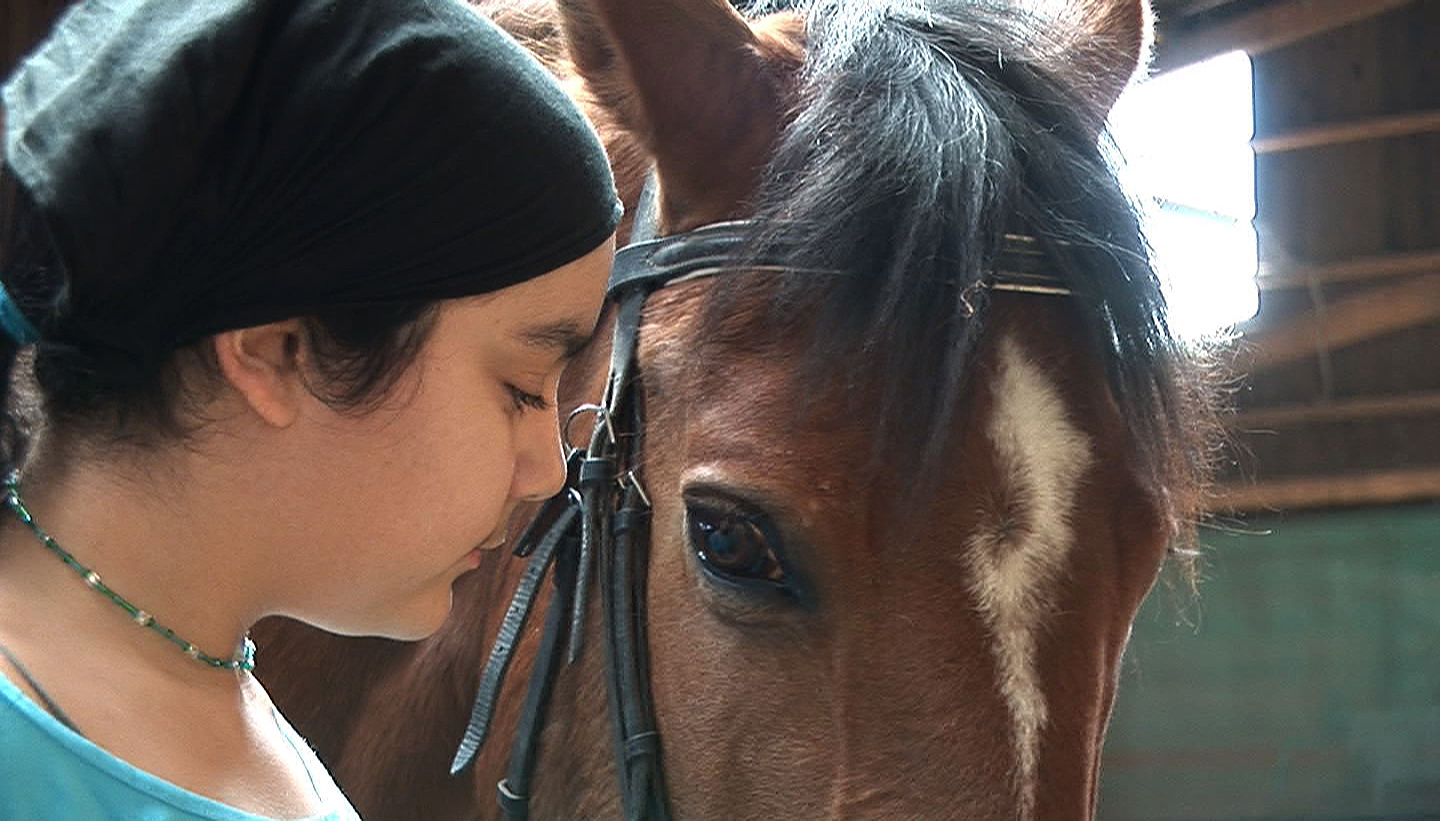
You can find an overview of ongoing debates with our journalists here. Please join us!
If you want to start a conversation about a topic raised in this article or want to report factual errors, email us at english@swissinfo.ch.